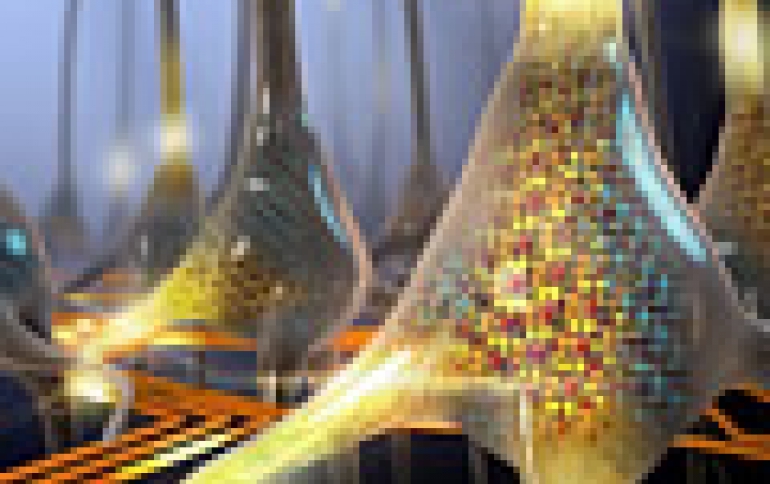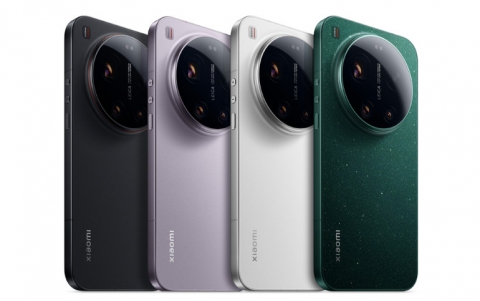
Scientists Imitate the Functionality of Neurons with a Phase-Change Device
IBM scientists have created randomly spiking neurons using phase-change materials to store and process data. This demonstration marks a step forward in the development of ultra-dense integrated neuromorphic technologies for applications in cognitive computing. Inspired by the way the biological brain functions, scientists have theorized for decades that it should be possible to imitate the versatile computational capabilities of large populations of neurons. However, doing so at densities and with a power budget that would be comparable to those seen in biology has been a significant challenge, until now.
"We have been researching phase-change materials for memory applications for over a decade, and our progress in the past 24 months has been remarkable," said IBM Fellow Evangelos Eleftheriou. "In this period, we have discovered and published new memory techniques, including projected memory, stored 3 bits per cell in phase-change memory for the first time, and now are demonstrating the powerful capabilities of phase-change-based artificial neurons, which can perform various computational primitives such as data-correlation detection and unsupervised learning at high speeds using very little energy."
The results of this research are appearing today on the cover of the peer-reviewed journal Nature Nanotechnology.
The artificial neurons designed by IBM scientists in Zurich consist of phase-change materials, including germanium antimony telluride, which exhibit two stable states, an amorphous one (without a clearly defined structure) and a crystalline one (with structure). These materials are the basis of re-writable Blu-ray discs. However, the artificial neurons do not store digital information; they are analog, just like the synapses and neurons in our biological brain.
In the published demonstration, the team applied a series of electrical pulses to the artificial neurons, which resulted in the progressive crystallization of the phase-change material, ultimately causing the neuron to fire. In neuroscience, this function is known as the integrate-and-fire property of biological neurons. This is the foundation for event-based computation and, in principle, is similar to how our brain triggers a response when we touch something hot.
Exploiting this integrate-and-fire property, even a single neuron can be used to detect patterns and discover correlations in real-time streams of event-based data. For example, in the Internet of Things, sensors can collect and analyze volumes of weather data collected at the edge for faster forecasts. The artificial neurons could be used to detect patterns in financial transactions to find discrepancies or use data from social media to discover new cultural trends in real time. Large populations of these high-speed, low-energy nano-scale neurons could also be used in neuromorphic coprocessors with co-located memory and processing units.
IBM scientists have organized hundreds of artificial neurons into populations and used them to represent fast and complex signals. Moreover, the artificial neurons have been shown to sustain billions of switching cycles, which would correspond to multiple years of operation at an update frequency of 100 Hz. The energy required for each neuron update was less than five picojoule and the average power less than 120 microwatts - for comparison, 60 million microwatts power a 60 watt lightbulb.
"Populations of stochastic phase-change neurons, combined with other nanoscale computational elements such as artificial synapses, could be a key enabler for the creation of a new generation of extremely dense neuromorphic computing systems," said Tomas Tuma, a co-author of the paper.





















